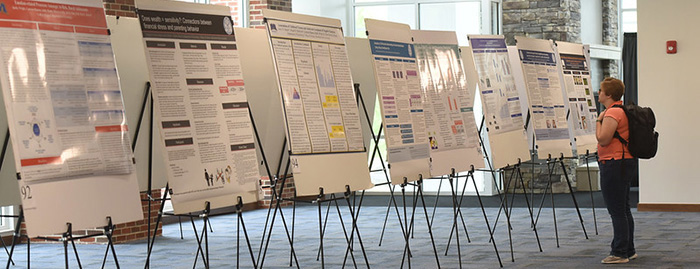Files
Download Full Text (1.9 MB)
Description
Yeast are eukaryotic organisms that contain liner chromosomes. At the ends of these chromosomes, there are special regions known as telomeres. Telomeres are composed of non-coding nucleotides that serve to protect the vital coding DNA found throughout the rest of the chromosome. During the process of DNA replication, however, telomeres become progressively shorter which can lead to cellular senescence. To solve this issue, yeast express the enzyme telomerase. Telomerase is composed of a telomerase reverse transcriptase protein (TERT) and telomerase RNA (TLC1) in yeast. When telomeres become too short, telomerase extends telomeres by adding to the 3’ overhang. Telomeres shorten during aging while the expression of telomerase is upregulated in >85% of human cancers. While the overall function of telomerase is understood, the role of telomerase RNA is not as clear. In order to better understand how telomerase RNA has evolved and the role it plays in the enzyme complex, we conducted a genetic screen to identify novel gain-offunction (GOF) mutations in telomerase RNA.
Publication Date
4-2022
Disciplines
Arts and Humanities | Business | Education | Engineering | Higher Education | Life Sciences | Medicine and Health Sciences | Physical Sciences and Mathematics | Social and Behavioral Sciences
Recommended Citation
Conley, Keenan; Frazier, Madison; and Mefford, Melissa, "Novel gain-of-function mutations in the telomerase RNA of Saccharomyces cerevisiae" (2022). 2022 Celebration of Student Scholarship - Poster Presentations. 10.
https://scholarworks.moreheadstate.edu/celebration_posters_2022/10

Included in
Arts and Humanities Commons, Business Commons, Engineering Commons, Higher Education Commons, Life Sciences Commons, Medicine and Health Sciences Commons, Physical Sciences and Mathematics Commons, Social and Behavioral Sciences Commons

